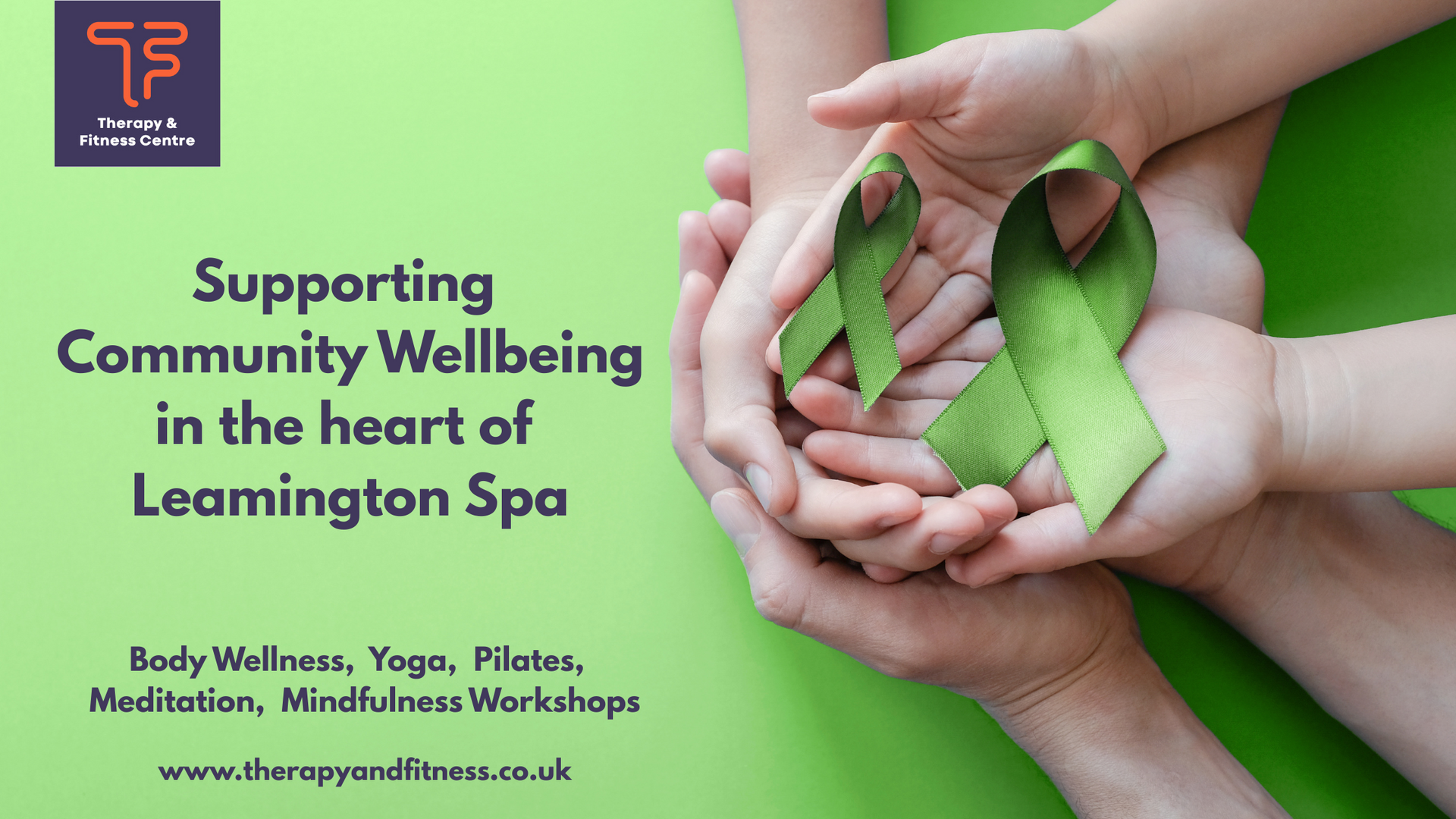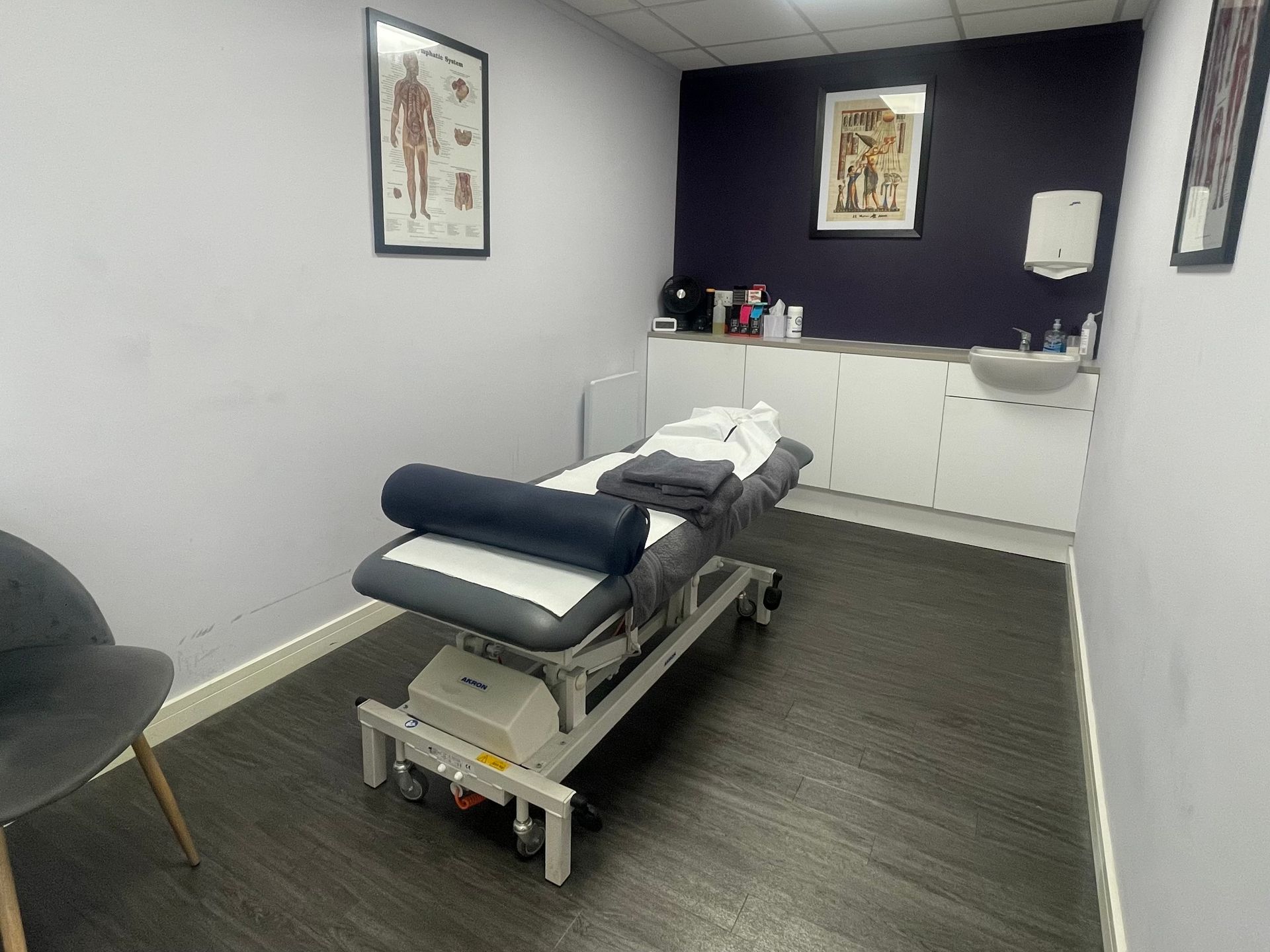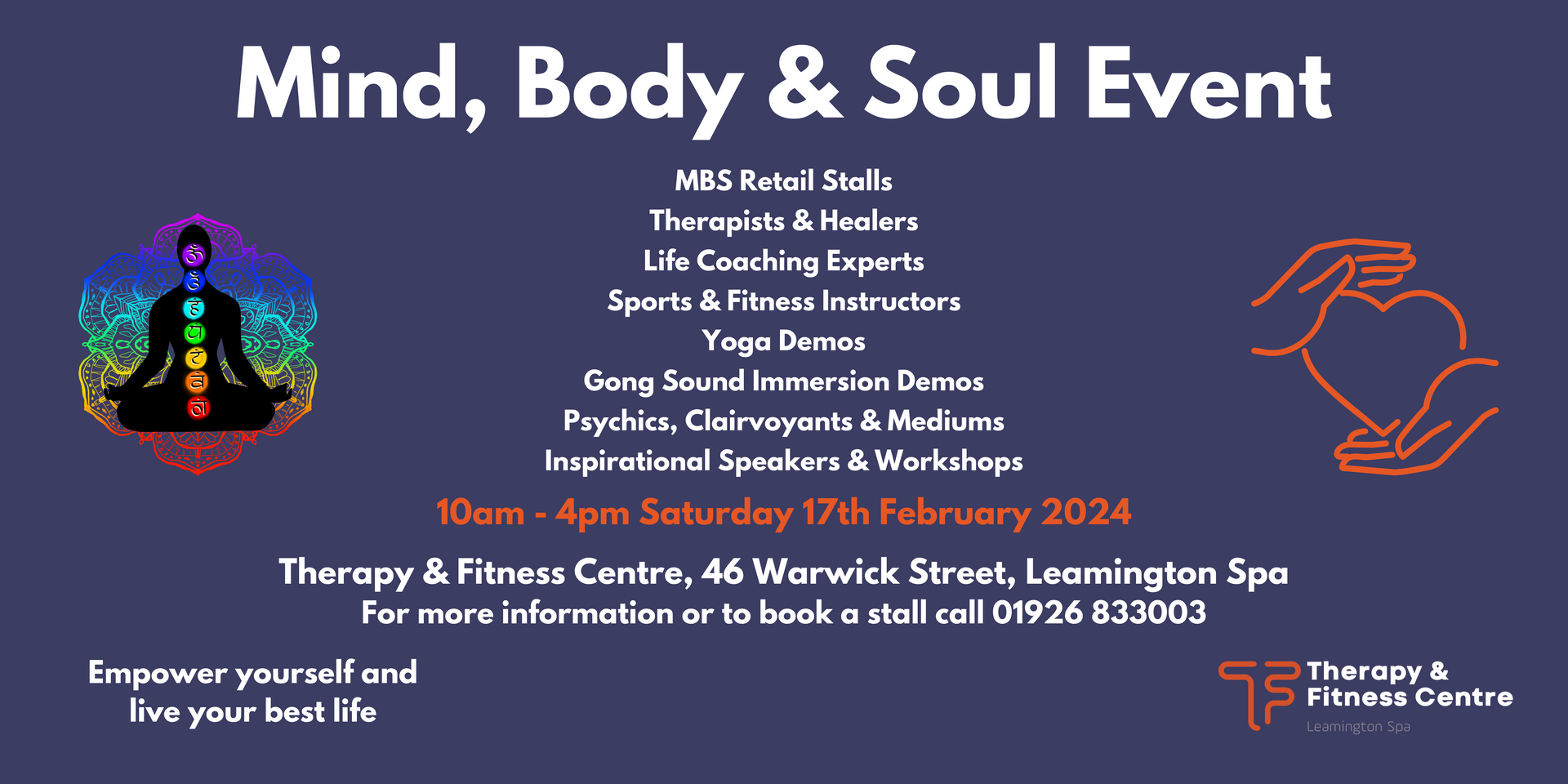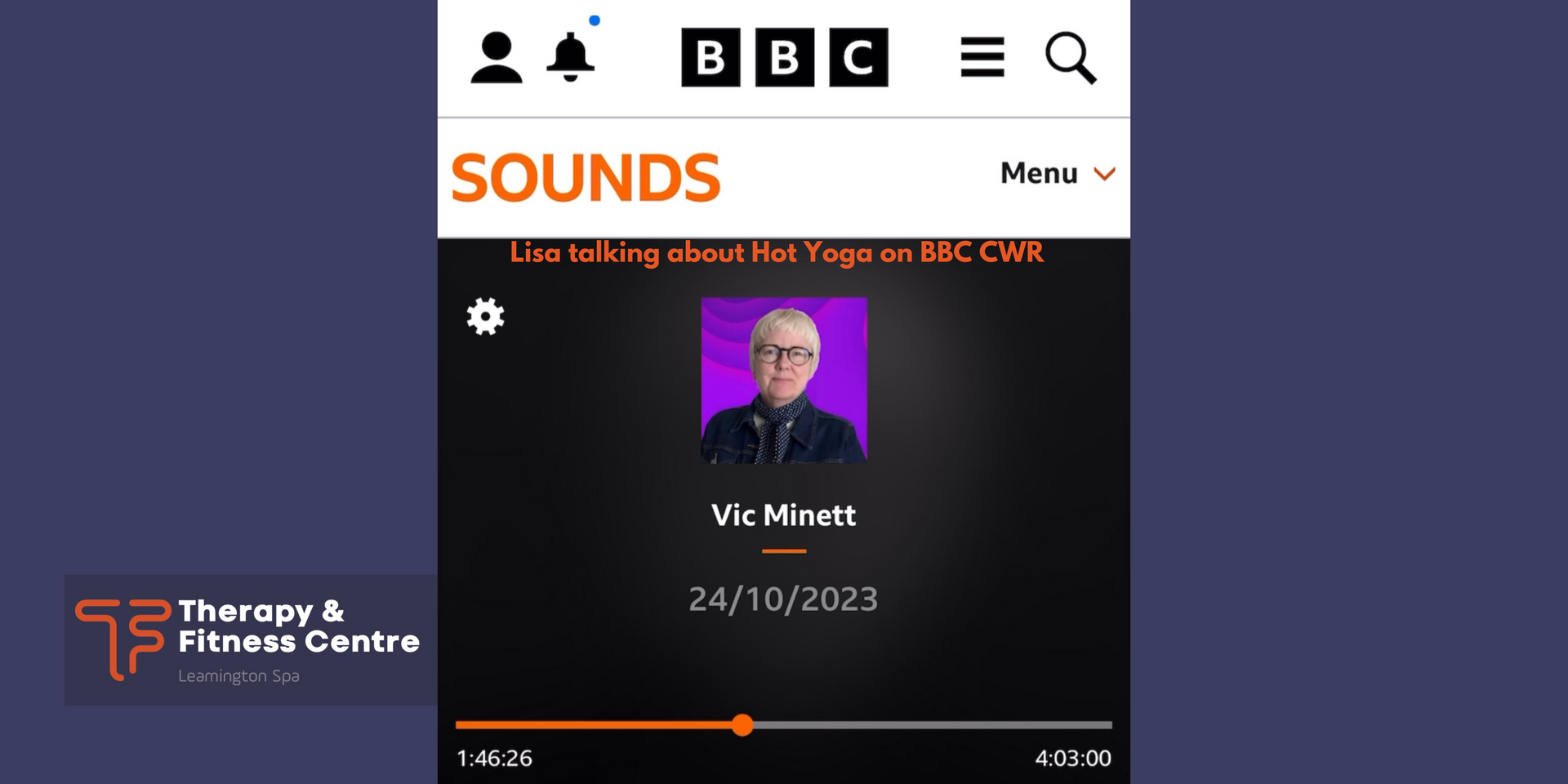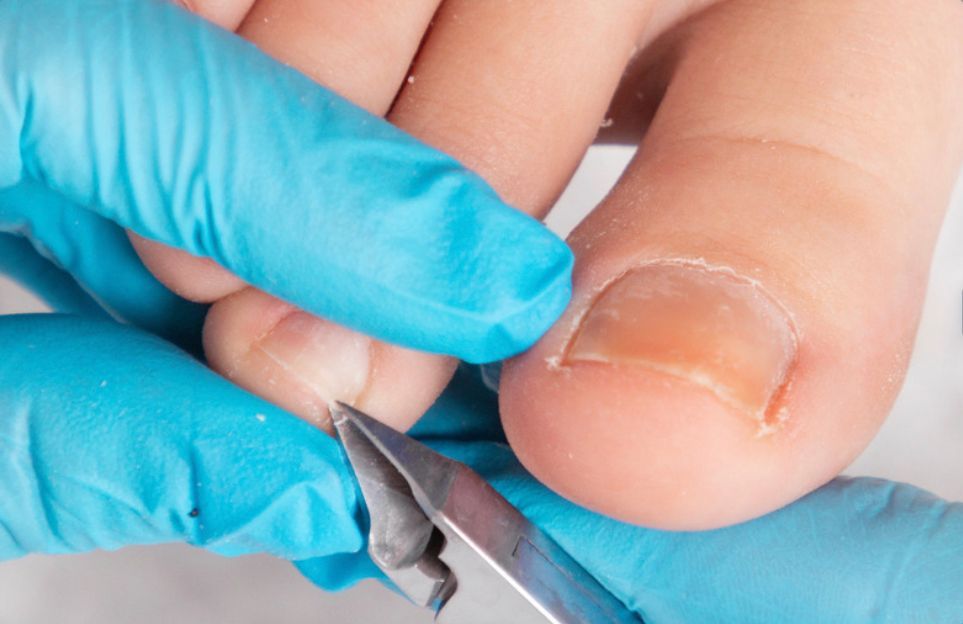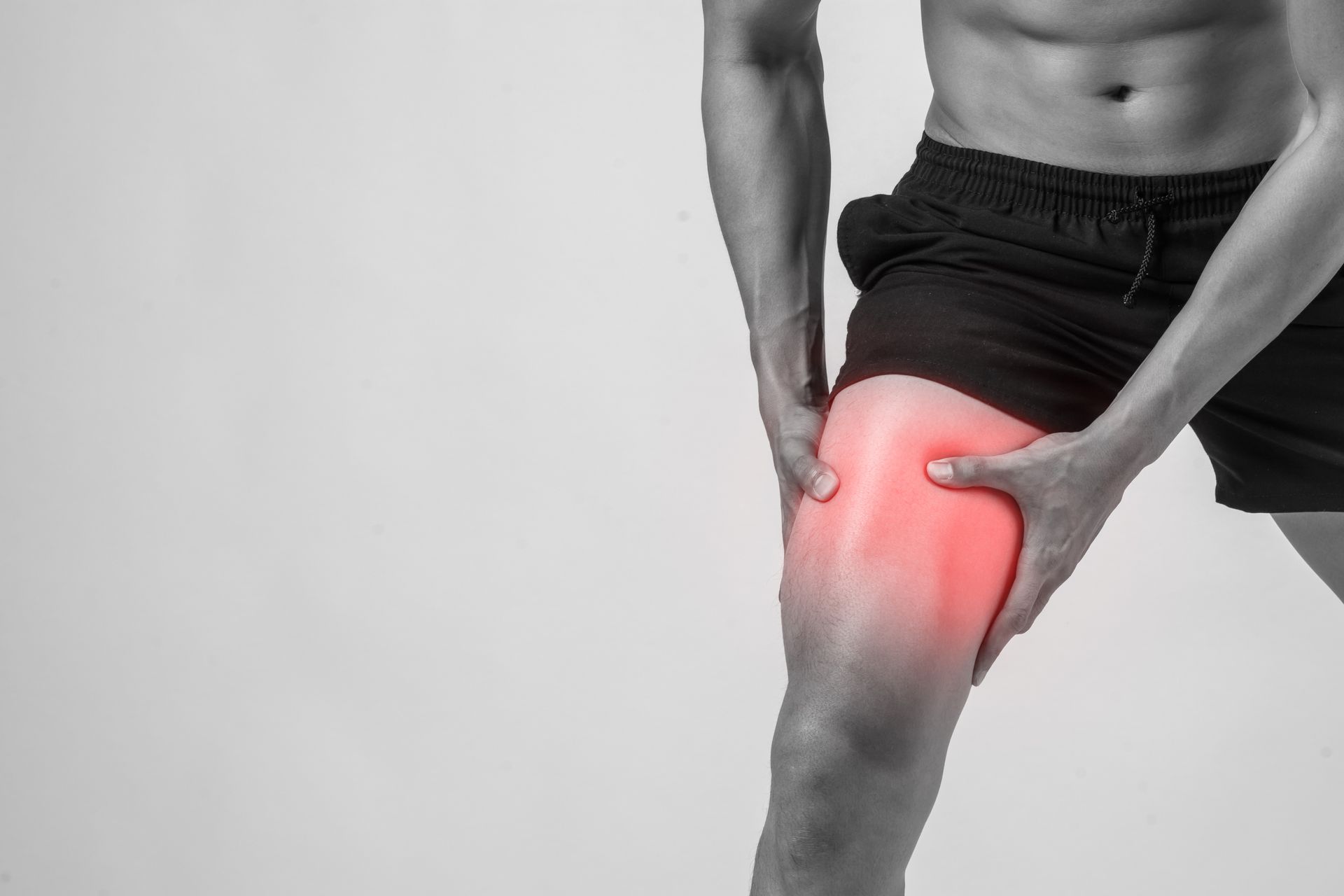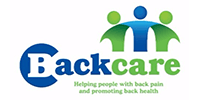Exercising with pain
Lisa Moore • August 21, 2019
Exercising with pain
People who experience pain are reluctant to take part in exercise and think it will make their pain worse, however regular exercise is important for general health as well as for decreasing pain and disability. Intensity should be suitable and progresses sensibly for the individual. All types of activity are beneficial to reducing pain as long as they are monitored and training plans are put in place to ensure they are beneficial to the individual. Levels should be increased as the client feels confident to do so. This will increase the likeliness of the client continuing with the plan as they are not scared to exercise
Exercising with Acute Pain.
If you experience a sharp pain in your muscles and /or joints, stop exercising and see your doctor or sports therapist /physiotherapist. There are many causes for acute pain, it may just be a small muscle tear usually from a tight muscle or a muscular knot, these of which can be easily massaged out. The more severe the acute pain is could determine a more severe strain, sprain or a break. The former can still be tended to by a sports therapist /physio but if it’s a break then it’s a trip to the hospital and the sports therapists role would come in either after the cast has been removed to assist with breaking down any scar tissue if there was an incision for plates and pins, or if there’s no cast fitted then ultrasound is great for increasing the production of osteoids (bone builders) which repair the bone, massage would also help with re-balancing the body after it has over compensated.
Exercising with chronic pain.
Chronic pain is ongoing and often a symptom of a larger health problem like arthritis or disc degenerative problems. Most people living with chronic pain can exercise safely and it can assist with pain management. In fact, being inactive can sometimes lead to a cycle of more pain and loss of function. Talk to your doctor about what exercises / activities might be right for you. Each type of exercise – endurance, strength, balance and flexibility—has its own benefits, so a combination may be best.
Exercise helps to…
Just because you are experiencing pain you shouldn’t be afraid to exercise. Exercise can lead to a better quality of life.
If in doubt seek professional advice from your Doctor, Sports therapist or Physiotherapist and remember we’re here to help you
Exercising with Acute Pain.
If you experience a sharp pain in your muscles and /or joints, stop exercising and see your doctor or sports therapist /physiotherapist. There are many causes for acute pain, it may just be a small muscle tear usually from a tight muscle or a muscular knot, these of which can be easily massaged out. The more severe the acute pain is could determine a more severe strain, sprain or a break. The former can still be tended to by a sports therapist /physio but if it’s a break then it’s a trip to the hospital and the sports therapists role would come in either after the cast has been removed to assist with breaking down any scar tissue if there was an incision for plates and pins, or if there’s no cast fitted then ultrasound is great for increasing the production of osteoids (bone builders) which repair the bone, massage would also help with re-balancing the body after it has over compensated.
Exercising with chronic pain.
Chronic pain is ongoing and often a symptom of a larger health problem like arthritis or disc degenerative problems. Most people living with chronic pain can exercise safely and it can assist with pain management. In fact, being inactive can sometimes lead to a cycle of more pain and loss of function. Talk to your doctor about what exercises / activities might be right for you. Each type of exercise – endurance, strength, balance and flexibility—has its own benefits, so a combination may be best.
- Strength exercises can help maintain or add to your muscle strength. Strong muscles support and protect joints. Weight-bearing exercises include using resistance bands or weighted wristbands.
- Endurance exercises make the heart and arteries healthier and may lessen swelling in some joints. Low-impact endurance exercises include swimming and bicycling.
- Flexibility exercises help to keep joints moving, relieve stiffness, and allow for more freedom of movement for everyday activities. Flexibility exercises include upper and lower body stretching, yoga, and tai chi.
Exercise helps to…
- Decrease muscle tension and nervous system sensitivity
- Increase memory and concentration reducing your risk of Alzheimers
- Increase release of endorphins improving mood and acting as body’s natural pain killer
- Strengthens immune system
- Helps with weight control
- Reduce risk and progression of diseases such as heart disease, high blood pressure and type 2 diabetes
- Increase muscular strength
- Prevent and reduce stress
Just because you are experiencing pain you shouldn’t be afraid to exercise. Exercise can lead to a better quality of life.
If in doubt seek professional advice from your Doctor, Sports therapist or Physiotherapist and remember we’re here to help you
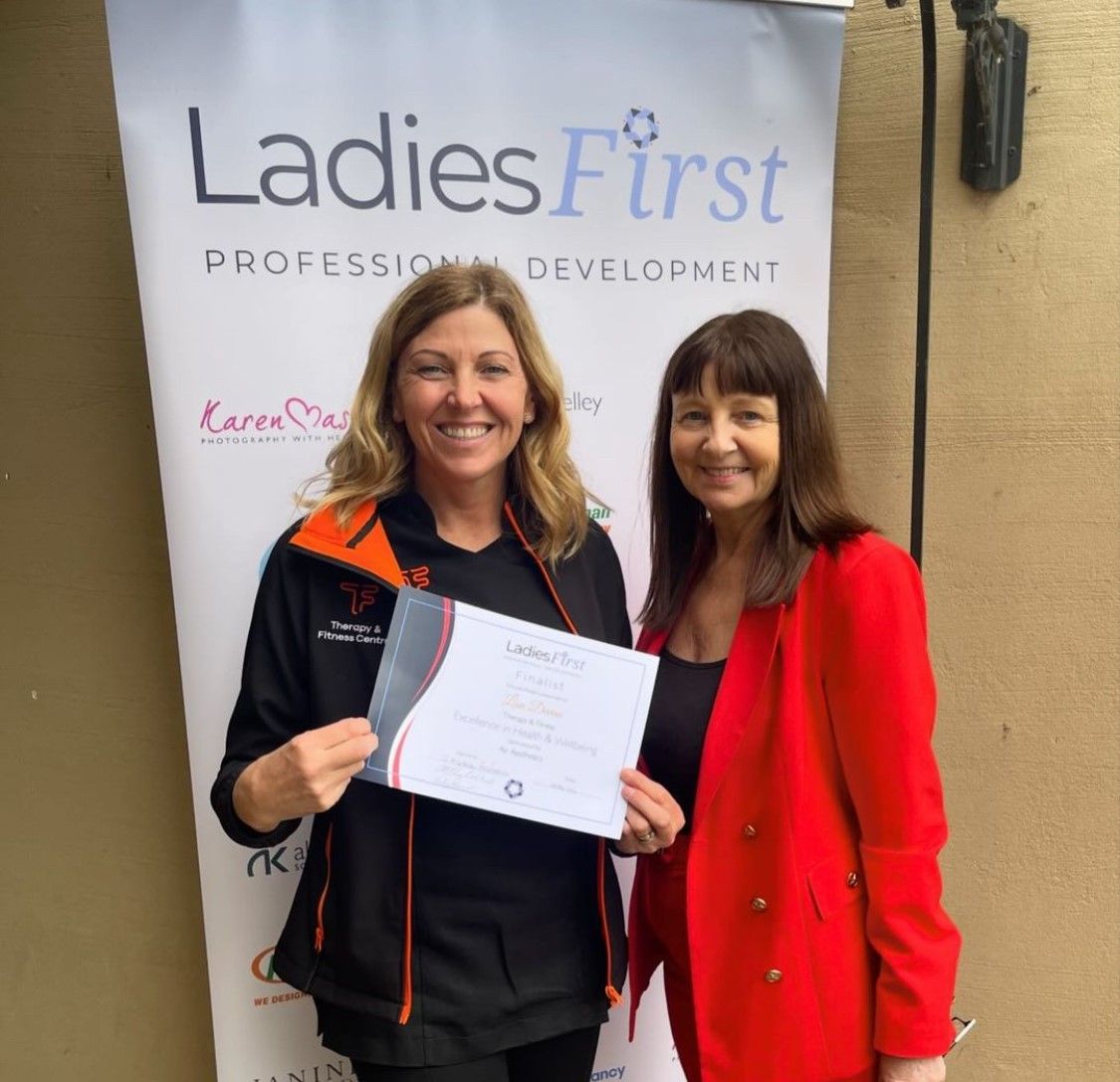
The second time in a row Lisa has been announced as a finalist in the Ladies First Health and Wellbeing category at this years awards ceremony which will be held at the Dallas Burston Polo Club on Thursday 13th June. Last year Lisa won the award which was held at Coombe Abbey Hotel. Will Lisa hold the title for the second year?
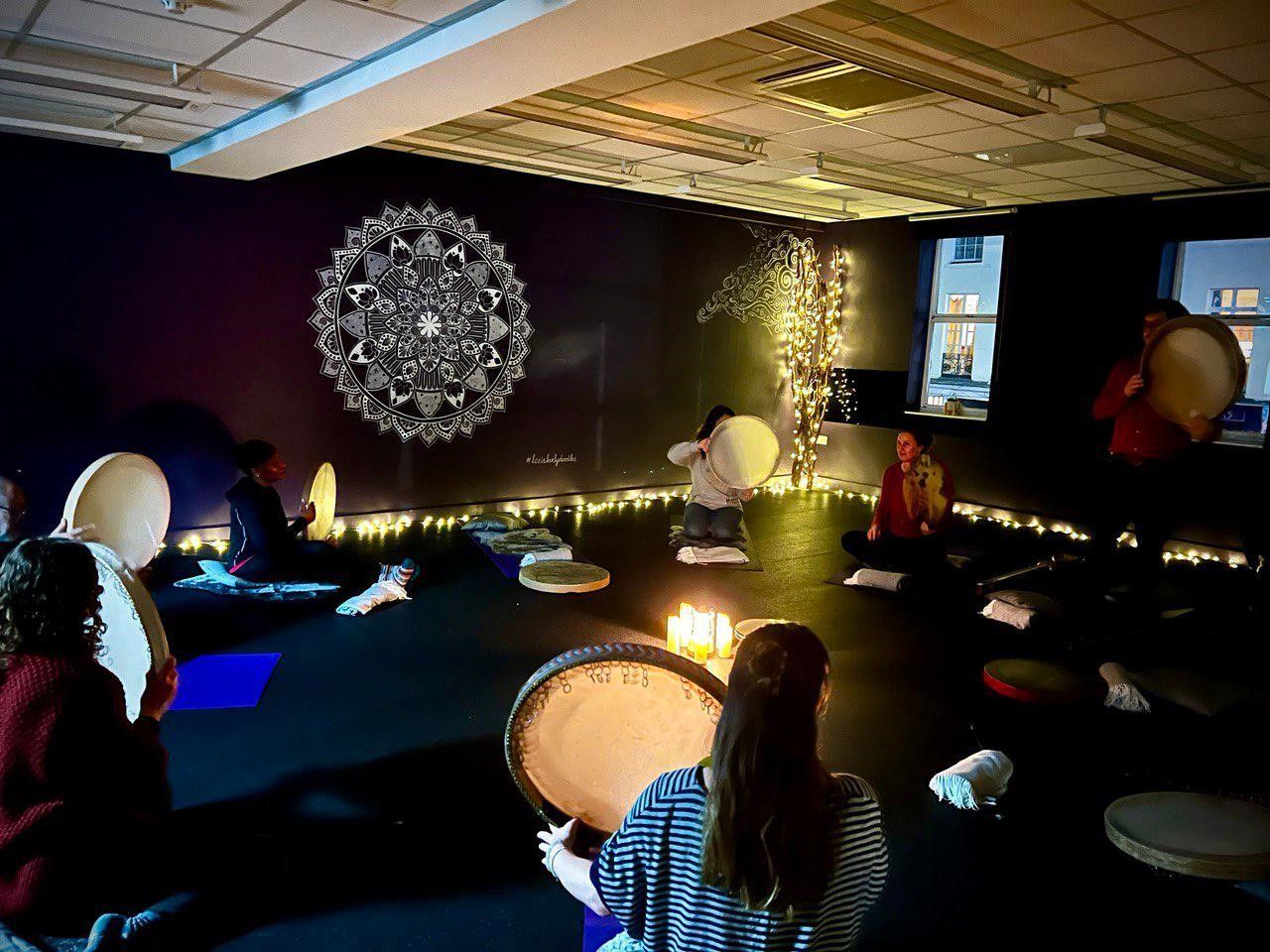
Join us every 3rd Tuesday of the month for Bev and her Heart Meditation Drumming Circle from 7pm for beginners and 8.15pm for those who have attended at least twice before. Become more connected with your heart and practice the ancient art of heart beat meditation. Unlocking lower stress levels, conscious breathing and a better nights sleep along with an art of drumming. The heart holds the key to unlocking your true potential. Daf drums, (Frame drums) provided. Join us as we focus on the heart for a £5 - £10 donation to cover expenses and any additional goes to charity. To book your place click HERE .

Whether you’re struggling with the symptoms of everyday stress, or are experiencing a big change in your life that is activating feelings of anxiety, it can have an adverse affect on your emotional and physical wellbeing. When your mind is in turmoil, it can be difficult to figure out how to diffuse the feelings of stress, so why not try taking the focus off the things you can’t control, and instead concentrate on the things you can. At Leamington Therapy and Fitness Centre , we’ve put together this list of our top 8 stress relievers to help you relax.

